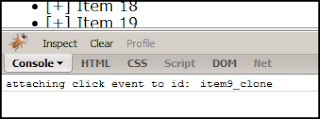There were quite a few games built with HTML5 in the 10K Apart contest. The grand prize winner's submission was a game built using just canvas and JavaScript, measuring only 6.9KB.
HTML5 is indeed making it easy to develop games for standard web browsers while also providing a way for developers to reach mobiles and tablets with a single code base.
The Google sponsored HTML5 Game Jam has also produced some nifty games. Check the winning entries and also look out for Mozilla's Game On competition
HTML5 is indeed making it easy to develop games for standard web browsers while also providing a way for developers to reach mobiles and tablets with a single code base.
The Google sponsored HTML5 Game Jam has also produced some nifty games. Check the winning entries and also look out for Mozilla's Game On competition














